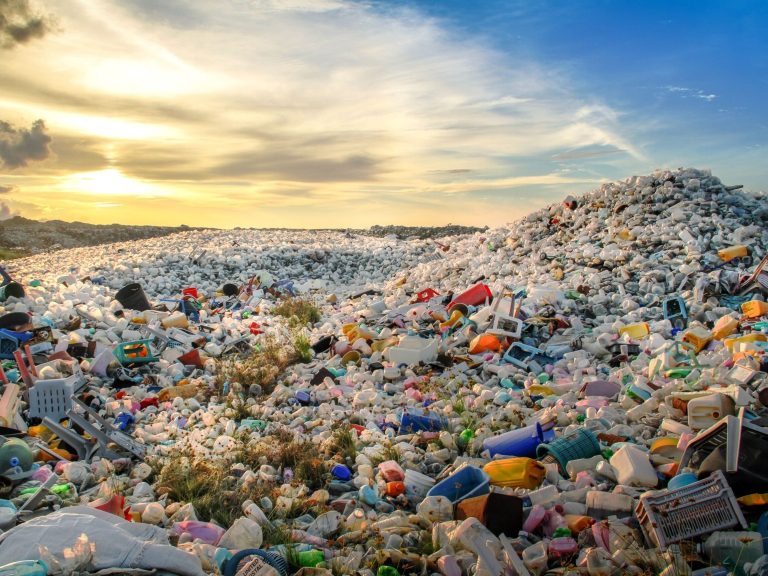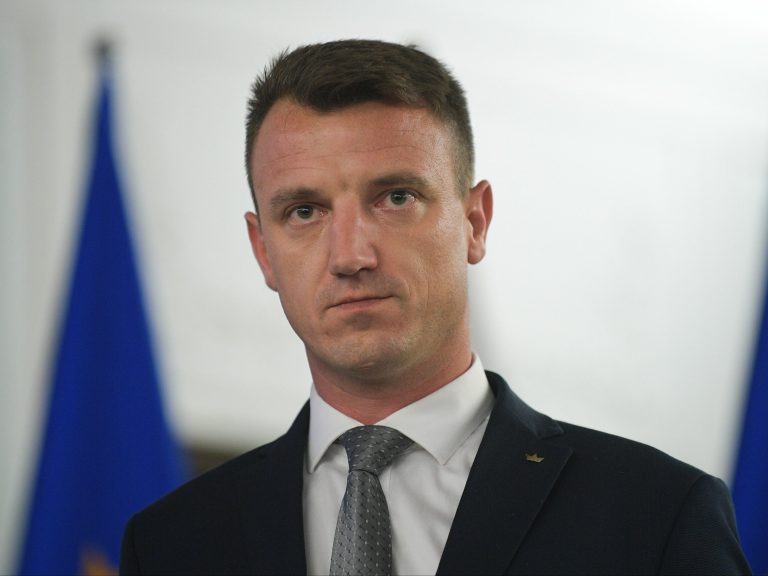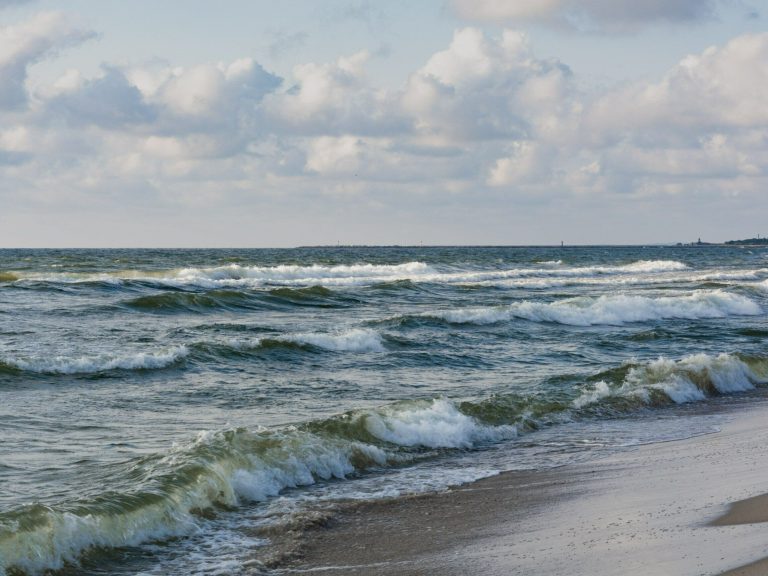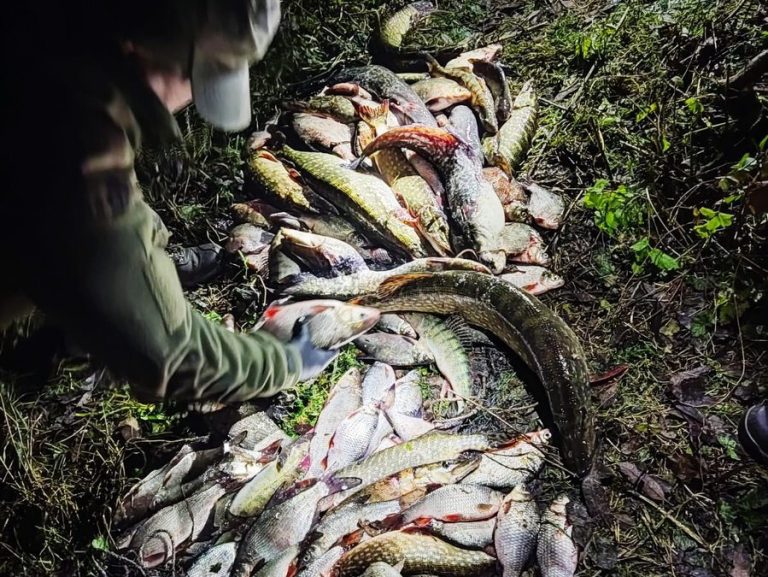What is Baltic Pipe?

President Andrzej Duda announced the start of construction of the Baltic Pipe during a morning press conference. What is this project and what is its significance? We provide all the necessary information.
Baltic Pipe – a strategic project
Baltic Pipe is a pipeline through which natural gas will be supplied to Poland, via Denmark, from Norway. The Baltic Pipe project is a strategic infrastructure project aimed at creating a new gas supply corridor on the European market. Ultimately, it will allow Poland to become independent from gas imported from Russia.
The investment will enable the transport of gas from Norway to the Danish and Polish markets, as well as to customers in neighboring countries. For the third time, the investment was recognized by the European Commission as a project of common interest (PCI).
Baltic Pipe – ecology
Baltic Pipe will also contribute to reducing carbon dioxide emissions and improving air quality in Poland. After launch (in October 2022), the project will enable, among others: reducing emissions of fine particulate matter from buildings by 54 percent, which would save 25,000. human lives per year. By reducing carbon dioxide emissions by 70 million tons, Baltic Pipe can contribute 58%. to achieve Poland’s 2030 target of reducing emissions by 120 million tonnes.
Baltic Pipe – contractors
The project is being implemented in close cooperation between the Polish transmission system operator Gaz-System and the Danish gas and energy transmission system operator Energinet. In 2018, Gaz-System and Energinet made the final investment decision.
The Baltic Pipe offshore gas pipeline will be able to transport 10 billion m3 of natural gas annually to Poland and 3 billion m3 of raw material from Poland to Denmark. For comparison, in 2016 gas consumption in Denmark amounted to 2.5 billion m3 and in Poland 16 billion m3. The Batlic Pipe gas pipeline will also allow Poland to become an exporter of “blue fuel” to neighboring countries.
Baltic Pipe – infrastructure
The main components of the project are: a gas pipeline from the Norwegian system in the North Sea to the off-take point in the Danish system, expansion of existing capacity in the Danish onshore transmission system, a gas compressor station in Denmark, an undersea interconnection gas pipeline from Denmark to Poland (including receiving terminals on both sides ) and expansion of the Polish transmission system.
Construction works – as President Andrzej Duda said – will start this year, so that gas will flow through the pipeline in October 2022. Any surplus gas may be intended for export, including: to the Czech Republic, Ukraine, Slovakia and Lithuania (via new and existing connections, the so-called gas interconnectors).
Baltic Pipe is part of the government’s gas strategy (alongside gas imported in the form of LNG and domestic extraction), which has a direct impact on the country’s energy security. The creation of a new gas supply corridor will also be important for the creation of the internal European energy market, and the project itself is consistent with the objectives of the European Union’s energy policy, which are: strengthening competition, integration of gas markets, increasing security of supply, low emission and effective implementation of the principles of sustainable development. . The emergence of new participants on the gas market in Poland will also increase its competitiveness and ensure continuity of supplies. The total amount of EU support for the Baltic Pipe project is EUR 266.8 million.
Baltic Pipe – route of the gas pipeline
The deposits from which gas will flow to Poland via the Baltic Pipe are located on the Norwegian Continental Shelf, in the western part of the country. It is there, in the town of Kårstø, that the 21-year-old and 658 km long Europipe II gas pipeline begins, leading to the Dornum terminal in Germany. Its capacity is as much as 24 billion m3 of gas per year. And it is to this infrastructure that one of the components of the Baltic Pipe project will be connected. The first line, approximately 120 km long, will lead to Denmark, where an approximately 220 km long gas pipeline will be built on land, along with a receiving terminal and a gas compressor station, which will ensure a two-way flow – from Denmark to Poland and from Poland to Denmark. The gas pipeline will enter the Baltic Sea in the Danish commune of Faxe and run east to turn southeast near the island of Bornholm and then south. It will cross the Danish and Polish maritime areas on a distance of less than 190 km, and the Swedish exclusive economic zone on a distance of approximately 85 km. It will make landfall in Poland near the town of Pogorzelica in the Rewal commune in the West Pomeranian Voivodeship.
Baltic Pipe – construction in practice
Laying the pipeline on the seabed will require laying vessels and barges on which the pipes will be welded and then laid on the seabed, the so-called using the S-lay method, i.e. laying them from the ship in the letter S. The pace of laying is to be approximately 3 km per day. The construction of the sea section requires as much as 23,000. pipes with a diameter of 0.9 m and a length of 12.2 m. They will be delivered by the industry leader, the German company Europipe GmbH. The operational life of the gas pipeline is expected to be approximately 50 years.
Baltic Pipe – on Polish land
Baltic Pipe is not just a gas pipe at the bottom of the Baltic Sea. As part of the project, approximately 230 km of gas pipelines will be laid on Polish land, a new compressor station will be built, and two others will be expanded. The construction of onshore gas pipelines is as complicated a task as the construction of the sea section. It requires geological, archaeological and sapper research, preparation of the construction zone by cleaning it and leveling the area, as well as removal of the top layer of soil, i.e. topsoil. After laying, the gas pipeline must be covered with at least a 1.2-meter layer of earth, after which the original terrain is restored. The only trace of the gas pipeline on the ground are posts marking its route.
Baltic Pipe – safety
The operational safety of the gas pipeline will be monitored continuously in many different ways. These will include constant route checks on the ground and from the air, including: using helicopter flights, walking tours, drones, monitoring data coming from the anti-corrosion protection system, as well as using diagnostic tests using the so-called intelligent pistons. The condition of the gas pipeline will also be checked in special open pits and during other earthworks. The construction of the onshore section of the Baltic Pipe was preceded by consultations with representatives of local communities in the area where the investment will be implemented.






